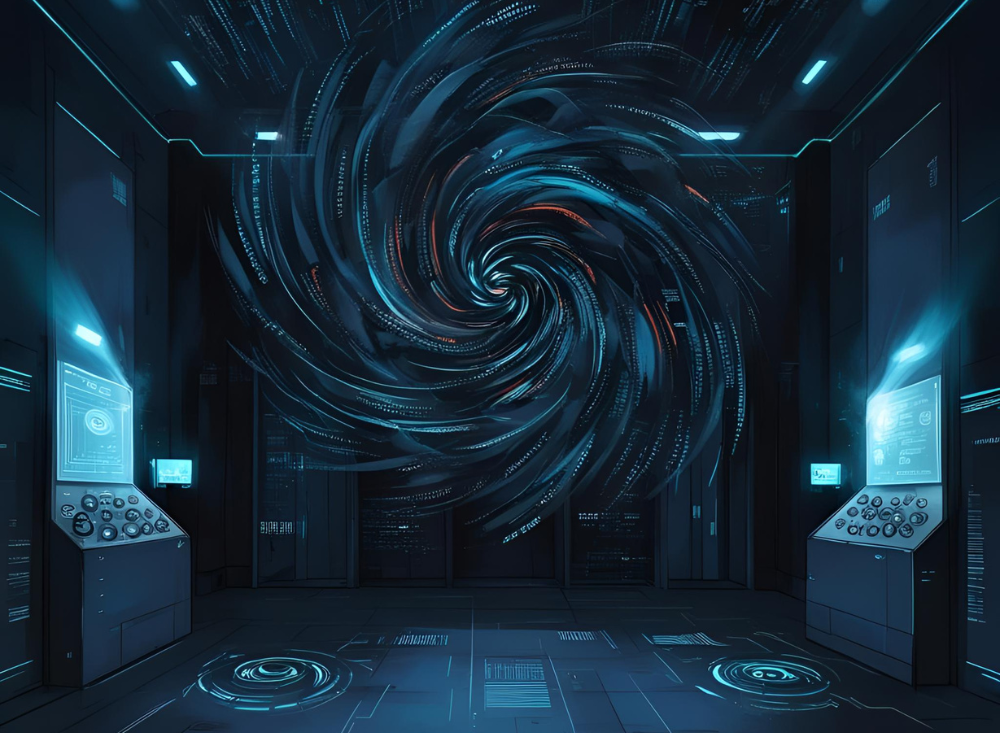
What Are AI Hallucinations?
AI hallucinations occur when an artificial intelligence model generates incorrect, misleading, or entirely fabricated information with high confidence. These errors are particularly common in large language models (LLMs), image generators, and other generative AI systems.
Hallucinations can range from minor factual inaccuracies to completely nonsensical outputs, posing risks in applications like customer support, medical diagnosis, and legal research.
Types of AI Hallucinations
- Factual Hallucinations – The AI presents false facts (e.g., incorrect historical dates).
- Logical Hallucinations – The AI generates illogical or contradictory statements.
- Contextual Hallucinations – The response deviates from the given context.
- Creative Hallucinations – The AI invents fictional details (common in storytelling or image generation).
Causes of AI Hallucinations
- Training Data Limitations – Gaps or biases in training data lead to incorrect inferences.
- Over-Optimization – Models may prioritize fluency over accuracy.
- Ambiguous Prompts – Poorly structured inputs can mislead the AI.
- Lack of Ground Truth – Without real-world validation, models may “guess” incorrectly.
Impact of AI Hallucinations
- Loss of Trust – Users may stop relying on AI-generated content.
- Operational Risks – Errors in healthcare, finance, or legal advice can have serious consequences.
- Reputation Damage – Businesses deploying unreliable AI may face backlash.
How to Detect AI Hallucinations
- Fact-Checking – Cross-reference outputs with trusted sources.
- Consistency Testing – Ask the same question multiple times to check for contradictions.
- Human Review – Subject matter experts verify AI responses.
- Adversarial Testing – Use edge-case prompts to expose weaknesses.
Testing Methodologies for AI Hallucinations
1. Automated Validation
- Rule-Based Checks – Define constraints (e.g., “Never suggest harmful actions”).
- Semantic Similarity Tests – Compare AI responses against verified answers.
- Retrieval-Augmented Validation – Use external databases to verify facts.
2. Human-in-the-Loop Testing
- Expert Review Panels – Domain specialists evaluate AI outputs.
- Crowdsourced Testing – Leverage diverse user feedback.
3. Stress Testing
- Input Perturbation – Slightly alter prompts to test robustness.
- Out-of-Distribution Testing – Use unfamiliar queries to assess generalization.
Metrics for Evaluating AI Hallucinations
| Metric | Description |
|---|---|
| Hallucination Rate | % of incorrect or fabricated responses |
| Precision/Recall | Measures factual accuracy vs. completeness |
| Self-Consistency Score | Checks if repeated queries yield consistent answers |
| Human Alignment Score | How often human reviewers agree with AI outputs |
Mitigating AI Hallucinations in Model Design
- Fine-Tuning with High-Quality Data – Reduce noise in training datasets.
- Reinforcement Learning from Human Feedback (RLHF) – Align models with human preferences.
- Retrieval-Augmented Generation (RAG) – Integrate external knowledge sources.
- Uncertainty Calibration – Make AI express confidence levels in responses.
Best Practices for QA Teams
✔ Implement Continuous Monitoring – Track hallucinations in production.
✔ Use Diverse Test Cases – Cover edge cases and adversarial inputs.
✔ Combine Automated & Manual Testing – Balance speed with accuracy.
✔ Benchmark Against Baselines – Compare performance across model versions.
Using Genqe.ai for Hallucination Testing
Genqe.ai offers specialized tools for detecting and mitigating hallucinations, including:
- Automated fact-checking pipelines
- Bias and hallucination detection APIs
- Real-time monitoring dashboards
The Future of Hallucination Testing
- Self-Correcting AI Models – Systems that detect and fix their own errors.
- Explainability Enhancements – AI that provides sources for generated content.
- Regulatory Standards – Governments may enforce hallucination testing in critical AI applications.
Conclusion
AI hallucinations are a major challenge in deploying reliable generative AI. By combining automated testing, human oversight, and advanced mitigation techniques, organizations can reduce risks and improve model trustworthiness. As AI evolves, hallucination detection will remain a key focus for QA teams and developers.
Would you like a deeper dive into any specific testing technique?